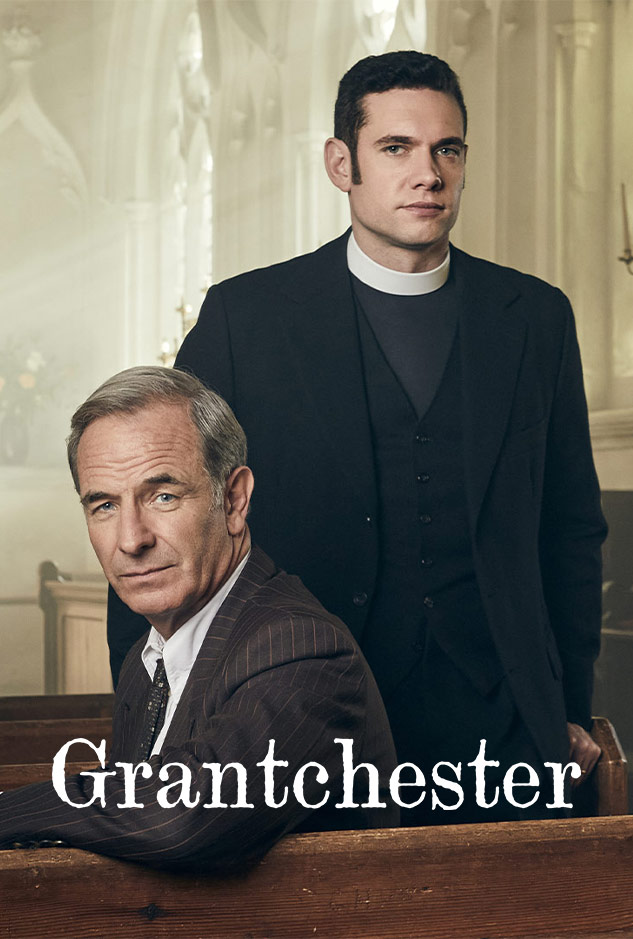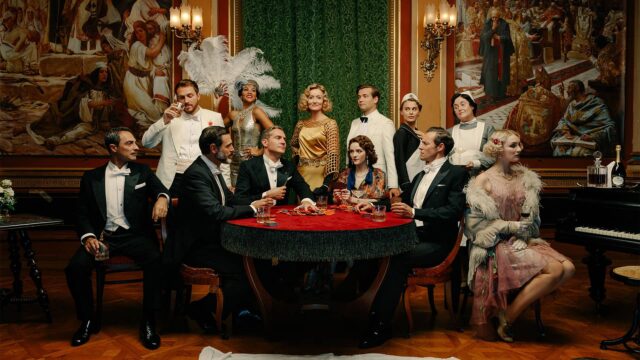Atlantic Crossing: History to Know Before You Watch
MASTERPIECE’s Atlantic Crossing covers some surprising and little-known history involving U.S. President Franklin Delano Roosevelt and Norway’s Crown Princess Martha. Before the premiere on Sunday, April 4, 9/8c, catch up on five historic situations that will help you best appreciate the show–from Norway’s intent to stay out of World War II, to Roosevelt’s decision to run for a third term.
- 1.
Norway Plans to Sit Out the Next War

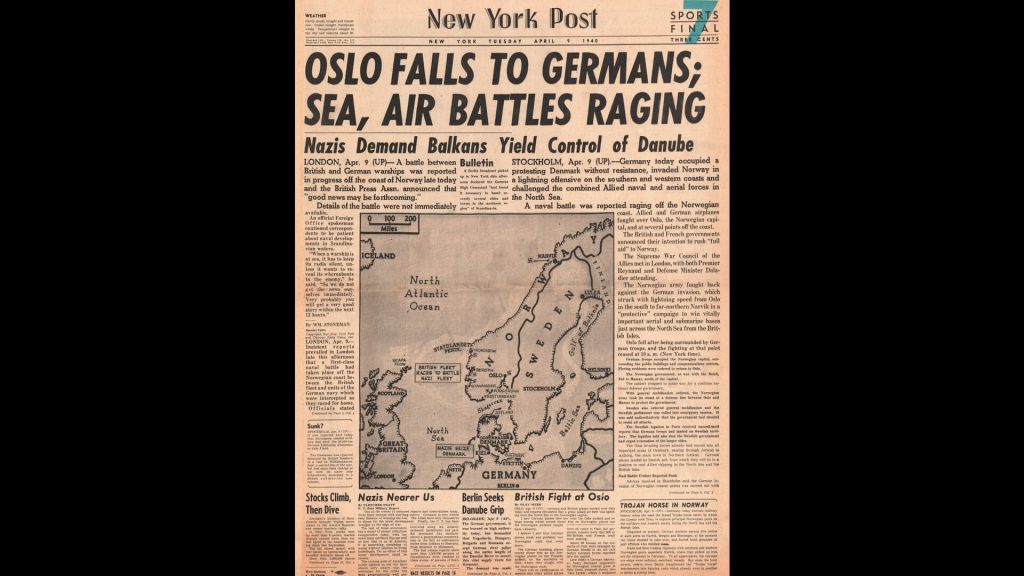
John Frost Newspapers / Alamy Stock Photo Norway stayed neutral during World War I, which ended in 1918. Two decades later, another global war loomed and Norwegians fervently hoped to stay out of it as well. Norway’s neighbor Germany had good reasons for wanting to seize Norwegian ports in order to secure access to raw materials and threaten Great Britain. But German Chancellor Adolf Hitler had publicly renounced such plans, which was reassuring to anyone who believed him. As a fallback, Norway’s leaders were confident that Great Britain would quickly repulse a German invasion, should it come.
Therefore Norwegians were stunned when Nazi forces mounted an overwhelming surprise attack on Norway and Denmark on April 9, 1940. ”We are never going to give back these countries,” Hitler brazenly told one of his deputies. Denmark immediately capitulated, but Norway’s King Haakon VII called on his subjects to resist. Britain did come to Norway’s aid for a few weeks but had to withdraw when Hitler’s troops invaded the Low Countries and France the following month, where the bulk of the British army was stationed. Norwegians briefly fought on, but their fate was sealed.
- 2.
From Vinland to “Larger Norway”

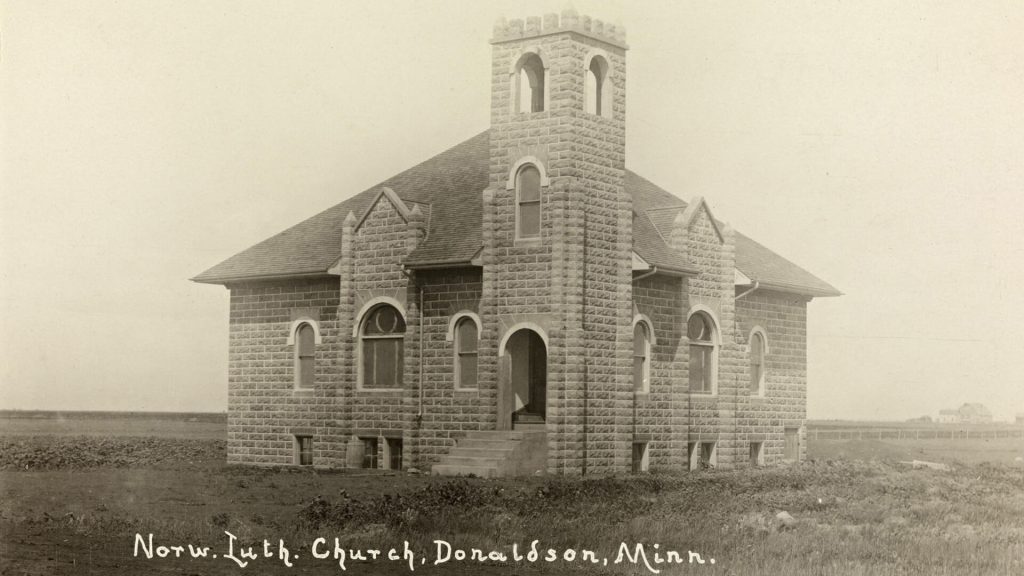
AA Images / Alamy Stock Photo The Norse first came to North America around 1000 A.D., establishing a short-lived colony called Vinland in what is now Newfoundland. They came in much greater numbers eight centuries later, in the 1800s, escaping poverty, rising population, and a shortage of arable land in Scandinavia. Most who emigrated from Norway to the United States were farmers, taking advantage of the Homestead Act, which gave 160 acres of land to anyone who would work the parcel for at least five years. By the early 20th century, the population of Norwegian America was over a million—almost half that of Norway itself—with eighty percent living in the Upper Midwest, particularly Minnesota and Wisconsin. The U.S. had become “larger Norway”—a Norwegian enclave beyond Europe.
Norwegian America represented the old, religious, rural Norway, as the mother country became increasingly secular and urban. Norwegian Americans also spoke an older form of the language, losing touch with the linguistic changes back home. But World War II brought the two kindred cultures back together, as Americans of Norwegian descent became a powerful voice in support of their occupied compatriots abroad—a voice that U.S. President Franklin Roosevelt heard very clearly.
- 3.
A Royal Mission

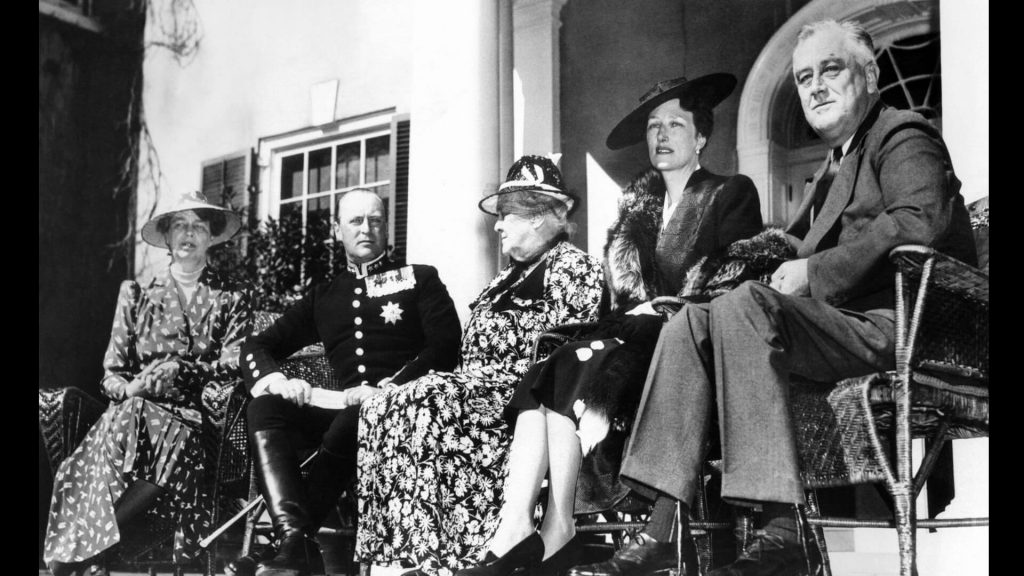
Roosevelts with Crown Prince Olav of Norway and Crown Princess Martha. Everett Collection Historical / Alamy Stock Photo At the beginning of Atlantic Crossing, Norwegian Crown Prince Olav and Crown Princess Martha are visiting the United States. What was their mission? The year was 1939, and the world was just emerging from the Great Depression, a decade-long economic crisis that helped spur totalitarian movements across the globe. The U.S. and Norway each had their troubles in the 1930s, but both stayed democratic and maintained strong trading and cultural ties. However, Norway had two repressive and well-armed neighbors: Germany and the Soviet Union. Norwegians were therefore nervous about isolationist sentiment in the U.S. that promoted a minimal role for America in world affairs.
Norway was officially neutral, and so was the United States. Neither country was interested in a mutual defense treaty. Yet the U.S. could still do much to protect Norway’s security, principally by ensuring freedom of the seas. A belligerent naval power such as Germany could easily cripple the Norwegian economy. As a small nation, Norway needed powerful friends. The United States was one, and Norway wanted to keep it that way. The visit of the Crown Prince and Crown Princess was a ten-week, cross-country tour designed to sow as much friendship as possible.
- 4.
Roosevelt Rejects Retirement

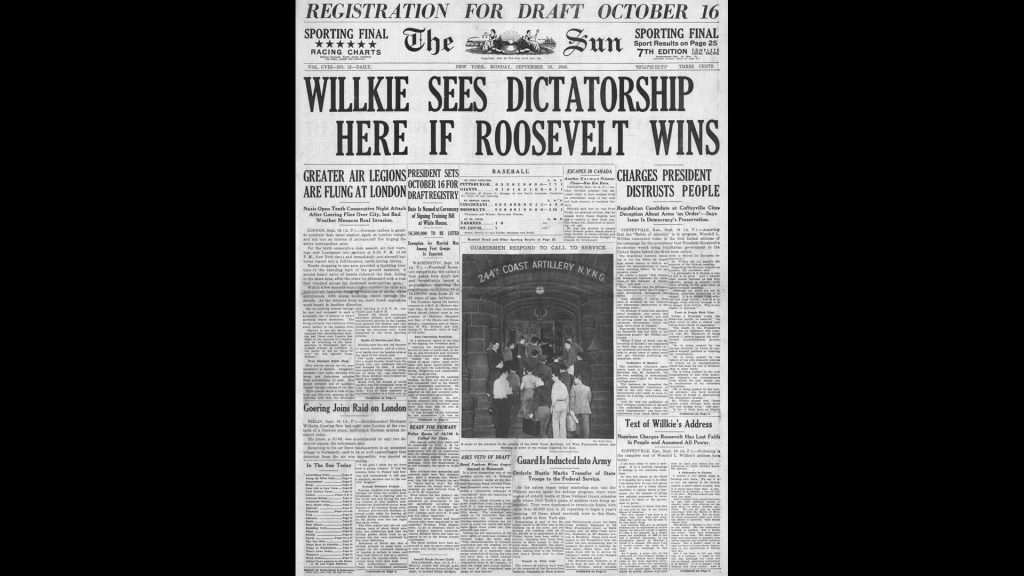
John Frost Newspapers / Alamy Stock Photo During Franklin Roosevelt’s second term as president, he began to make plans for his impending retirement. Since George Washington, U.S. presidents had served no more than two terms. Roosevelt saw no reason to break the tradition, so he directed aide Sam Rosenman to acquire a piece of property adjoining the family’s Hyde Park estate in New York, where a presidential library would be built. The plans called for a private study, where Roosevelt could write his memoirs. This pleasant vision persisted even after the outbreak of war in Europe in September 1939. According to Rosenman, it was not until April 1940, when “the Nazis invaded Denmark and then Norway,” that Roosevelt changed his mind. “He became determined to stay in the White House until the Nazis were defeated.”
Thus began Roosevelt’s campaign for an unprecedented third term. He faced Republican challenger Wendell Willkie, an internationalist who differed mainly on domestic issues. Both men pledged to keep America out of overseas conflicts, while also helping Great Britain and other Allies, short of war. Although many of Roosevelt’s own supporters objected to a third term on principle, his popularity carried him to victory in November 1940. Thirteen months later, the Japanese attack on Pearl Harbor and Hitler’s subsequent declaration of war on the U.S. brought America into World War II.
- 5.
Isolationism

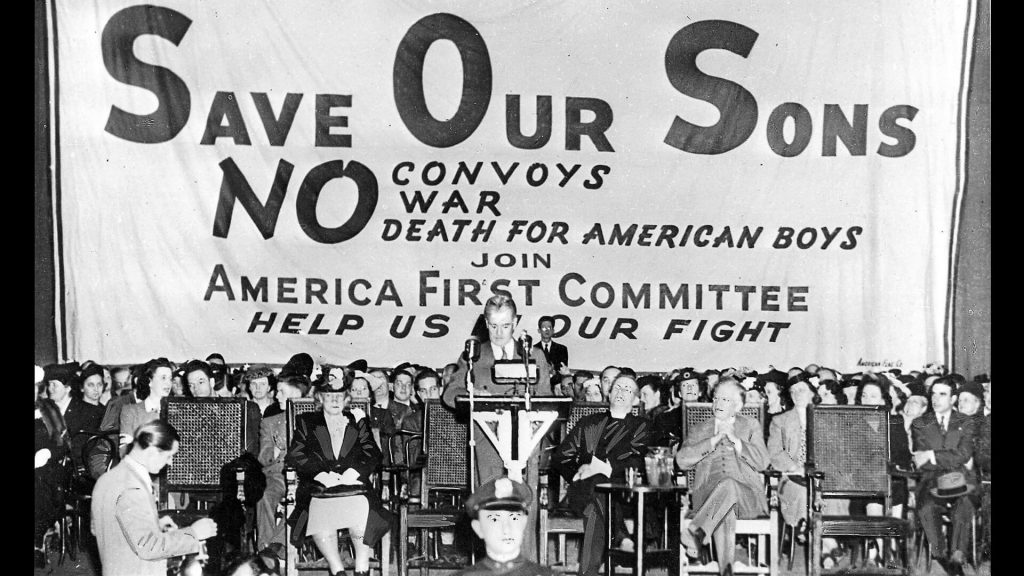
Scherl/Süddeutsche Zeitung Photo Despite his promise to stay out of conflicts abroad (“unless attacked,” he would carefully add), President Roosevelt was sure that America would inevitably have to fight. His biggest obstacle to preparing the country was isolationism—a broad coalition of American citizens of different political views, classes, faiths, and occupations who were united in the view that foreign wars were not America’s concern. The most notable spokesman for the cause was aviator Charles Lindbergh, who had ties to leaders in Nazi Germany and who had aired explicitly anti-Semitic views. But many others were isolationists out of the innocent and commonsense conviction that the country should mind its own business.
In a speech delivered on the day when the last Norwegian army units surrendered to German forces, Roosevelt condemned the fantasy that the U.S. could be a sheltered island amid a sea of tyranny. “Such an island may be the dream of those who still talk and vote as isolationists,” he said. But in reality, that dream was a “nightmare of a people without freedom—the nightmare of a people lodged in prison, handcuffed, hungry, and fed through the bars from day to day by the contemptuous, unpitying masters of other continents.” Eighteen months later, the America First Committee, the foremost isolationist group, officially disbanded—three days after the Japanese attack on Pearl Harbor.














